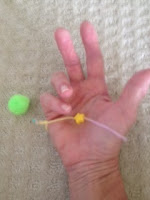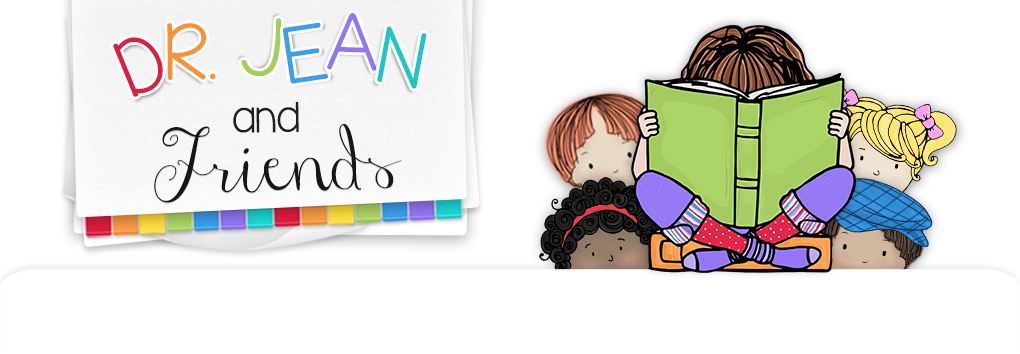http://www.nytimes.com/2014/06/03/science/whats-lost-as-handwriting-fades.html
You’ve watched your own students compose letters and you know how totally focused they are. You can almost see their brains firing away as they wiggle their tongues and try to reproduce letters. Studies are showing what you’ve known all along - much more of the brain is activated when children actually write by hand. Additionally, research is suggesting that writing by hand might also enable them to express more ideas.
Everything old is new again!! Traditional tasks like writing spelling words, working out math problems by hand, and copying sight words on paper might actually improve retention better than typing on a keyboard. Imagine that!!!!
The very phrase ACTIVE LEARNING reinforces the importance of handwriting in the curriculum. Handwriting, like any skill, takes time and it takes practice. All children are different and they grow up in different ways and at different times. Some might have better large motor skills and be able to swing through the monkey bars. Other students may have better small motor skills and be more adept at handling writing instruments. Whatever the range of abilities, it is important to provide children with an opportunity to learn and to give them the tools and activities where they can grow.
Isn’t that an appropriate mantra for early childhood teachers? Over the next few days I will share activities where you can “water” those little hands and get them ready to write and bloom. PENCIL GRIP
Helping children develop the correct pencil grip when they begin to write is critical. These are some of the ideas teachers have shared that might work for you.
Pompom - Give children a pompom or cotton ball to hold in their hand when they write. Demonstrate how to put pinky and ring man to “sleep” on the pompom before picking up the pencil.

Writing Bracelet - String a bead or jingle bell to a piece of yarn or string to make a bracelet. Make it loose enough so it can slide easily on and off a child’s wrist. While writing the child wears the bracelet and holds the bead in her hand.
Silly Band - Give children a silly band (or rubber band) to go around their wrist. Pick up your pencil and then slip the end of the silly band around the pencil. Explain when you go in the car you wear your seat belt, and when you write you need to put a seatbelt around your pencil. Then you’ll have mom and dad in the front seat and the kids in the back seat!
Bird’s Beak - Point the pencil away from you. Make a bird’s beak by opening and closing your index finger and thumb. Use your beak to pick up the point of the pencil and then flip it back.
Clothespin - A spring clothespin attached to the end of a pencil will also increase children’s control.
Song - Sing this song to the tune of “Where Is Thumbkin?”
Where is Pointer?
On the top.
Ready to write.
Start at the top.
Where is Thumbkin?
On the side.
Ready to help
Your pencil glide.
Where is Tallman?
On the bottom.
Keeps the letters
Where you want ‘em.



